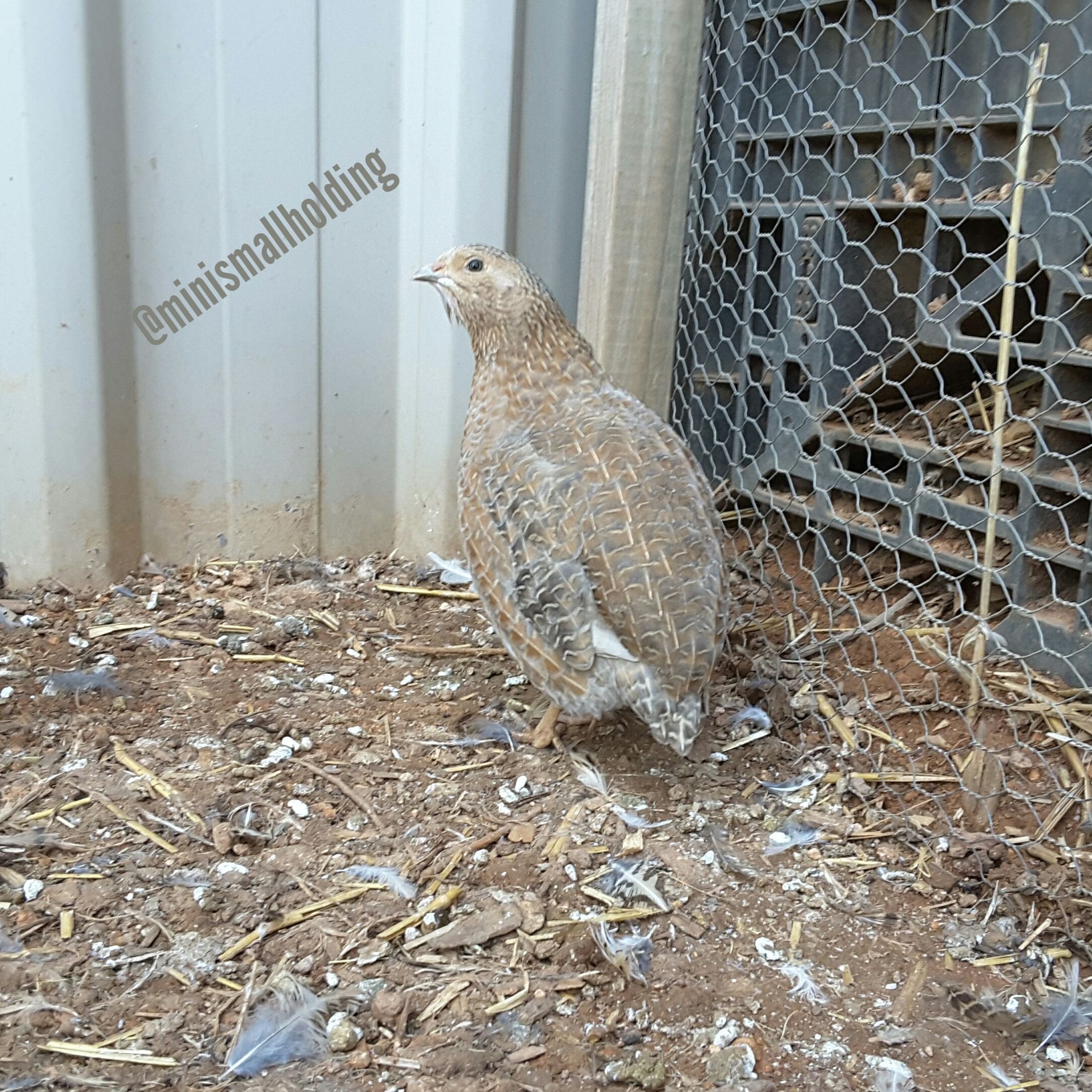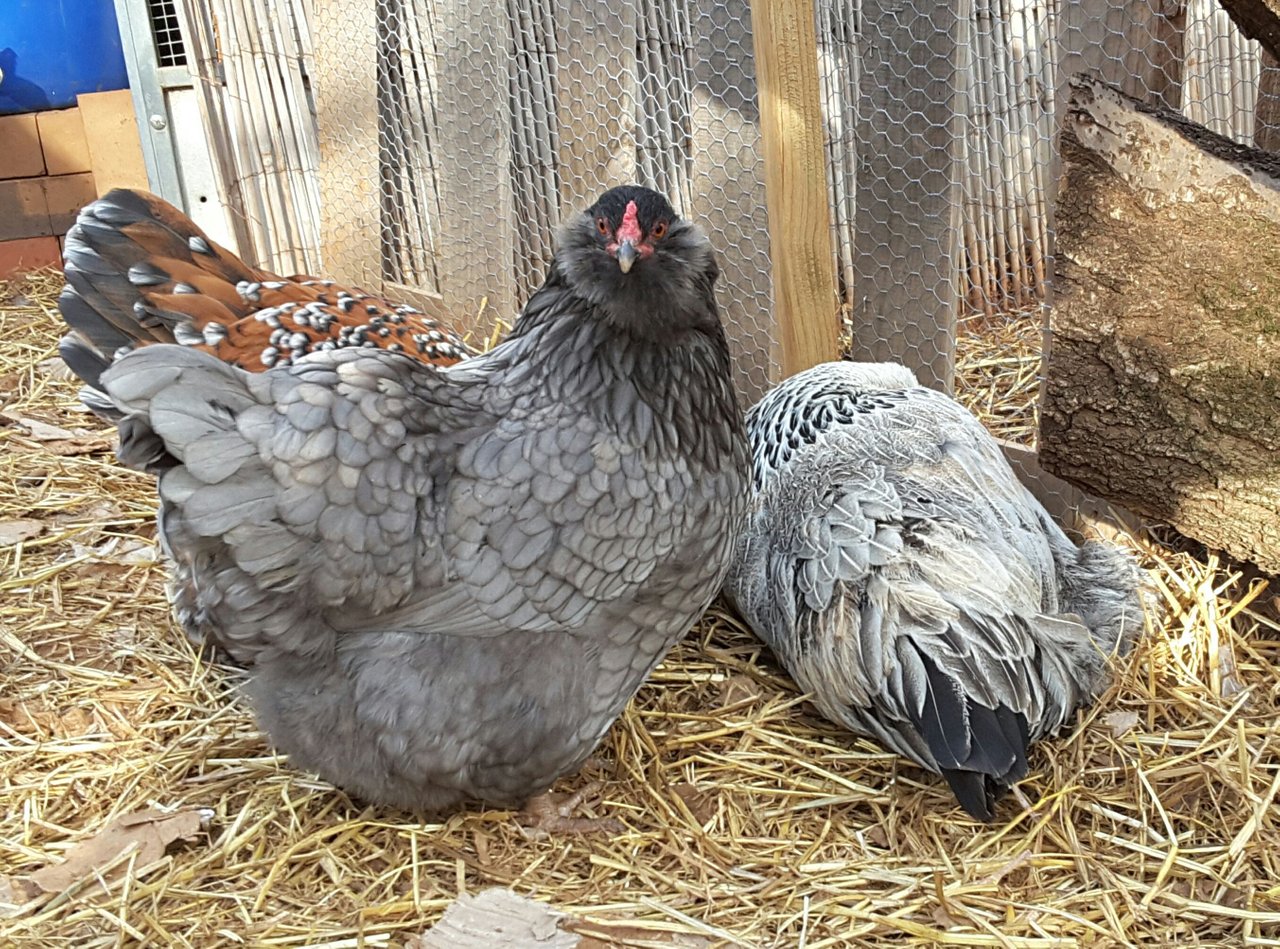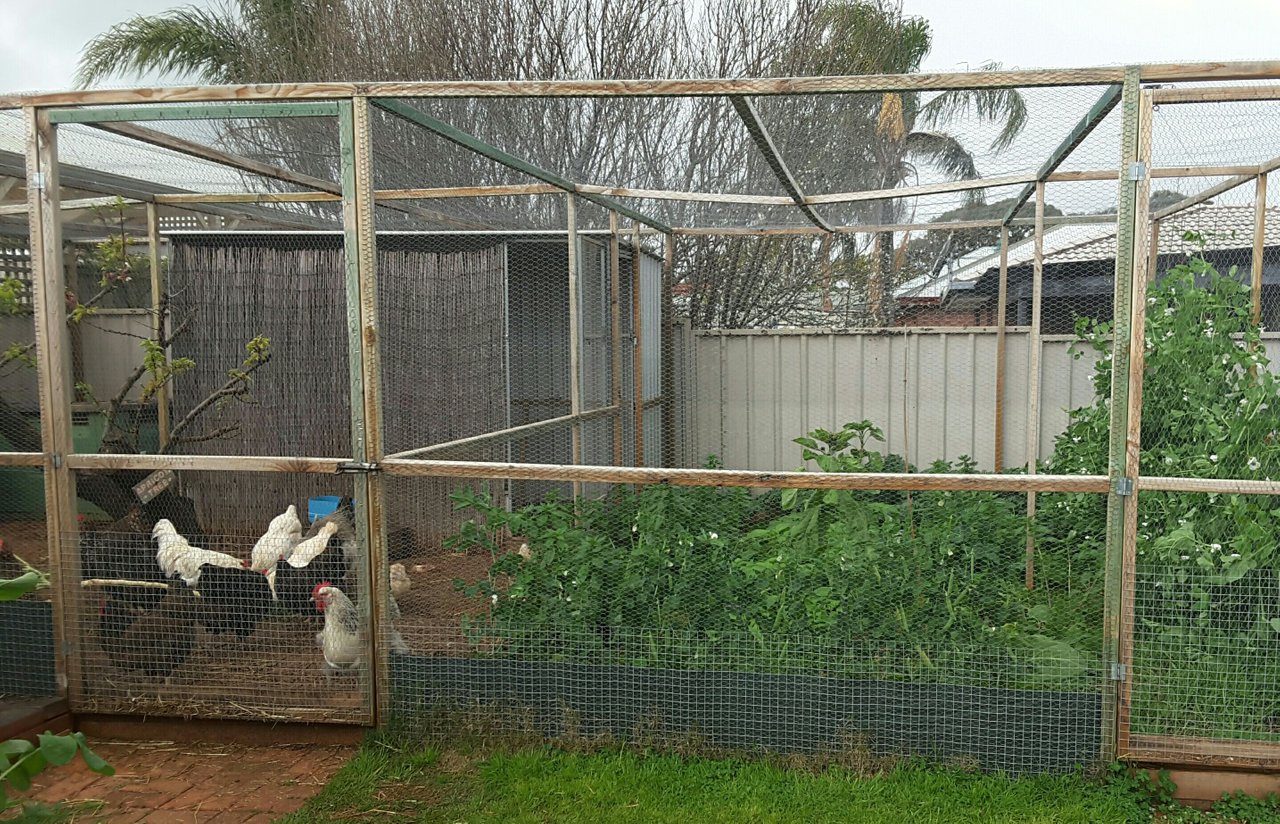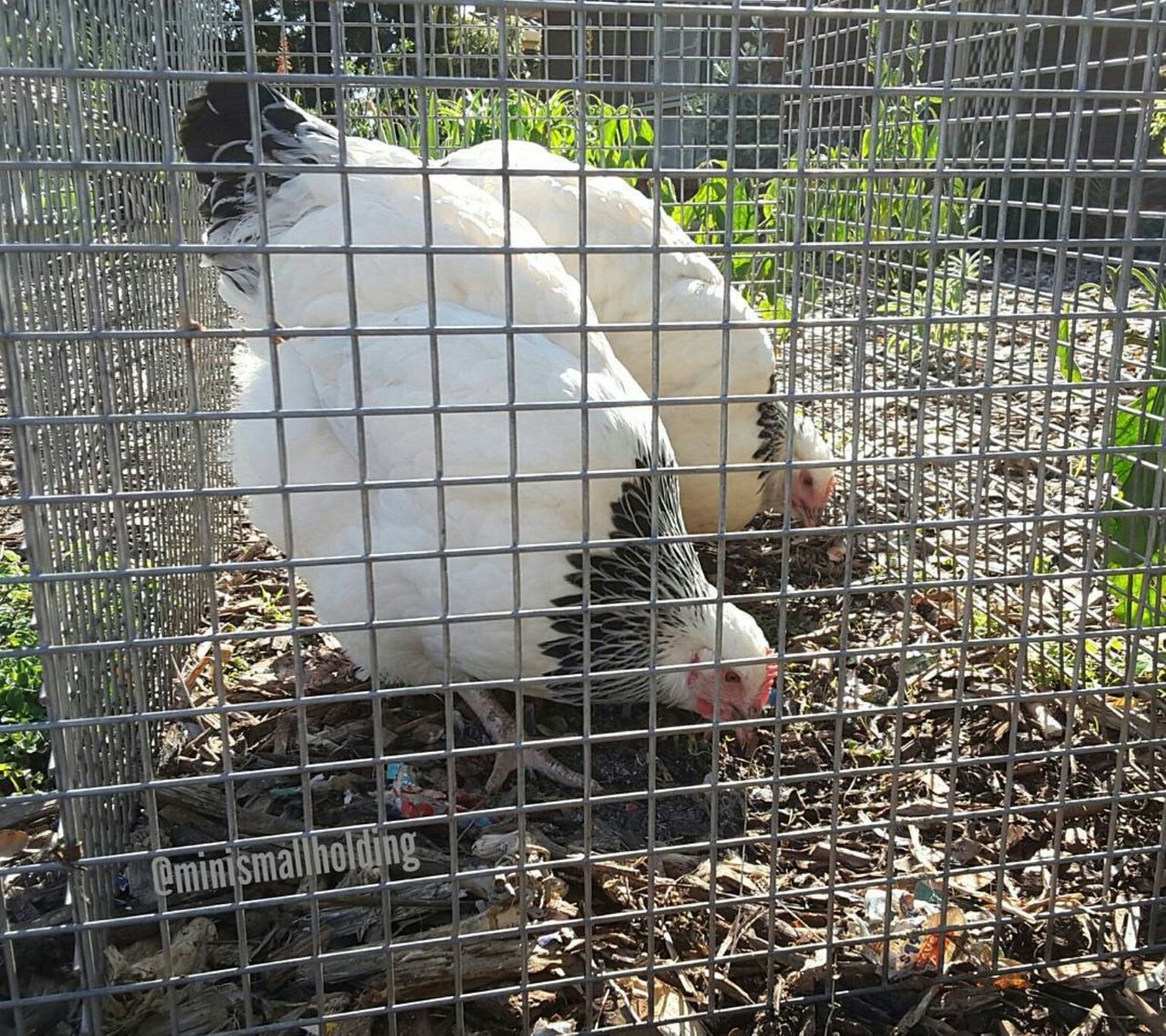We are pretty lucky that our council has recommendations rather than regulations when it comes to keeping chickens. However, if it did have restrictions I would probably just stick to breeding quail instead. If need be you could even do this small scale indoors and classify them as pets.

quail are certainly cute enough to get away with being classed as pets!
Quite soon on we decided we wanted to make the best use of the chickens in the garden. Initially my husband built a couple of chicken tractors and we thought we could move these around the garden so they could weed and till for us. Unfortunately chicken tractors and small spaces do not go well and if I actually moved the tractor as often as needed I wouldn't have anything left growing!
So I came up with a different plan. We were having some parasite problems of both the animal and the plant kind. Root knot nematode had started affecting some of the crops and the chickens were getting lice and roundworm. Chicken manure is known to help get rid of root knot in the soil and moving chickens periodically to new ground is known to reduce the worm load from worm eggs building up in the soil. So we built fully enclosed runs along the back of the garden which are wild bird proof. I treated the lice and haven't had problems since, now the wild birds are not coming into contact with them. However, worms can still get in via droppings as the roof on the runs is wire mesh. So managing them was the aim.

The coop is set to open out into two possible runs. While the chickens are in one run, I grow in the other giving it time to break the round worm cycle. Meanwhile the chickens are breaking the cycles of any plant problems in the other run. When the growing season is over, we swap the runs. This has other benefits too. When the chickens go into the new run they clear up any weeds, bugs and spent veggies, cutting back on the amount of commercial feed I need to give them for a couple of days. Then their old run is weed free and fertilised ready for plant the next season's

Although I can't feed the chickens entirely from the homestead, I try to feed as much as I can from it to cut down on the amount of commercial feed coming in. So they are also our composters. Any none toxic weeds and scraps from the kitchen go into their run and either go through the chicken digesters or get dug into the soil. Any bugs that eat our plants can also go to the chickens. As they dig around in the runs, they unearth more bugs and sprouted seeds. Really, the commercial feed also becomes part of the composted soil, so it does have a second purpose in helping with not needing to buy in compost.
Besides adding weeds and scraps to the runs I try to add as much carbonaceous material as I can to soak up the manure and keep any smells at bay. If I can source it for free I do, for example shredded cardboard, paper and autumn leaves. I do buy in straw and wood shavings in. Mostly these are used for our other animals first (chicks, house quail and rabbits) before they go to the chicken runs. Although sometimes I'll have to use it direct when the weather is very wet. This breaks down with the help of the chickens and their manure adding much needed carbon to the soil.
Another way we sometimes use the chickens as helpers is by putting them under a light weight cage top on areas we want weeding. It's a bit like using a chicken tractor, except on a much smaller, lighter scale and it's not permanent.

I do believe if we had few enough animals we probably could feed them just from the garden, but they would probably not be able to contribute much more than as manure providers and we'd still have to buy eggs in on top. At the level we have them now, we are able to sell enough chicks and trade enough eggs to cover feed costs and the costs of straw bales and other nesting and bedding materials.
Here are my previous posts in this series if you missed them:
#1
@minismallholding/overcoming-the-drawbacks-of-small-scale-urban-homesteading-introduction
#2
@minismallholding/overcoming-the-drawbacks-of-small-scale-urban-homesteading-using-every-space
#3
@minismallholding/overcoming-the-drawbacks-of-small-scale-urban-homesteading-planting-choices
#4
@minismallholding/overcoming-the-drawbacks-of-small-scale-urban-homesteading-trading-and-outsourcing
You can also find us on:
Instagram: https://www.instagram.com/minismallholding/
Facebook: https://m.facebook.com/minismallholding/
YouTube: https://m.youtube.com/channel/UCBwcsmyIkW_hIEJdLUSd44
